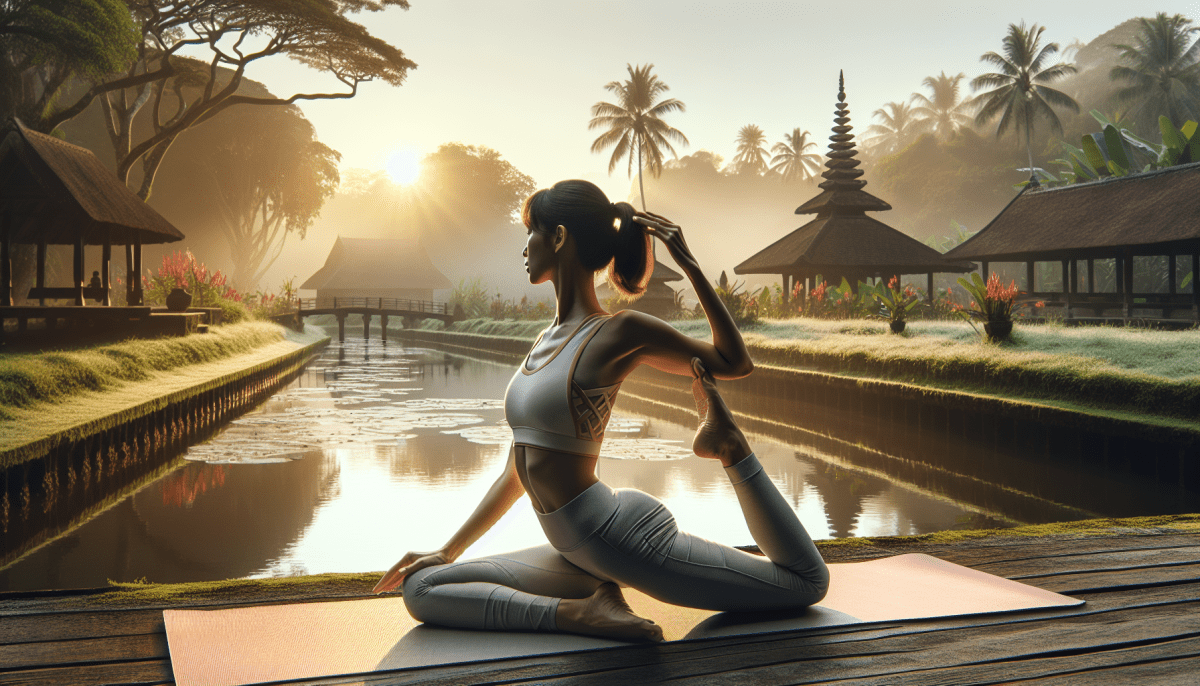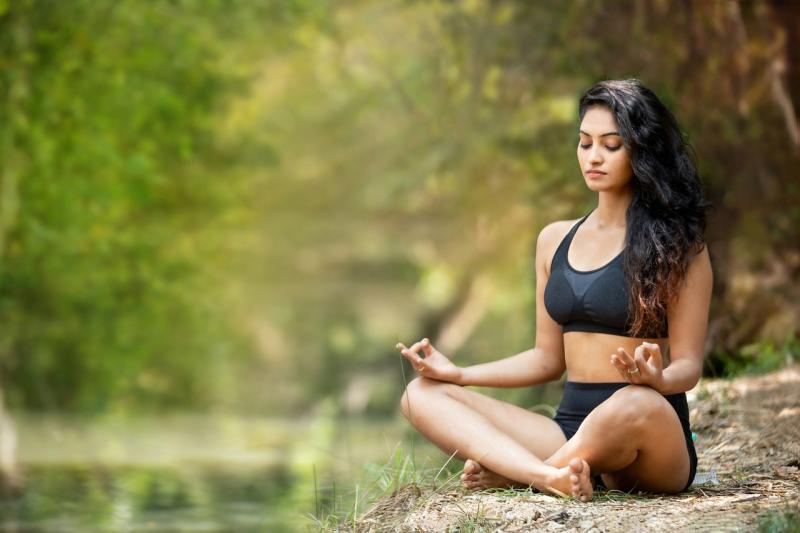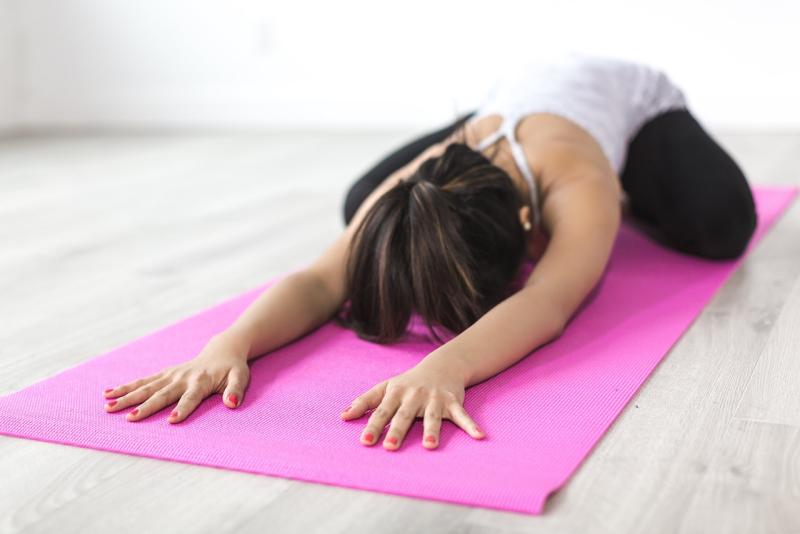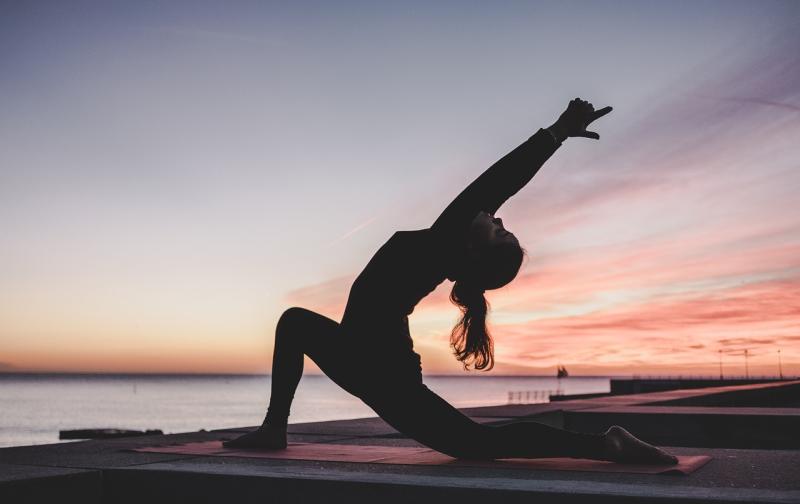Standing poses are a fantastic starting point for beginners looking to improve their flexibility while building strength and stability. These poses help establish a solid foundation in your yoga practice. Here are a few simple standing poses that anyone can try, no matter their experience level.
One of the best standing poses for beginners is the Mountain Pose (Tadasana). To perform this pose, stand tall with your feet together, grounding yourself firmly on the mat. Engage your thighs, lift your chest, and let your arms relax by your sides, with palms facing forward. Take a few deep breaths here, feeling the elongation of your spine and the connection of your feet to the ground. This pose helps improve posture and prepares you for more complex standing poses.
Another excellent pose is the Warrior I (Virabhadrasana I). From Mountain Pose, step your left foot back about three to four feet, keeping your front knee bent directly over your ankle. Raise your arms overhead, keeping your palms facing each other. Pull your shoulders down away from your ears and feel the stretch along your sides. This pose not only stretches your hips and chest but also builds strength in your legs and arms.
Finally, try the Tree Pose (Vrksasana). Stand tall in Mountain Pose, then shift your weight to your left leg. Carefully place your right foot on your left inner thigh or calf—avoid the knee. You can bring your hands to your heart center or raise them overhead. This pose enhances balance and concentration while opening up your hips and strengthening your legs. Don't worry if you wobble; focus on a point in front of you to help maintain your steadiness.
Seated Poses for Deep Stretching
When it comes to enhancing flexibility, seated poses are incredibly effective. These positions allow you to connect your breath with movement while gently stretching your muscles. Here are some popular seated poses that can deepen your stretch and improve your overall flexibility.
One of the best starting poses is the Seated Forward Bend (Paschimottanasana). To practice this pose, sit on the floor with your legs extended straight in front of you. Inhale and lengthen your spine, then exhale and slowly reach toward your toes. It’s okay if you can’t touch them right away; just let your hands rest on your shins or thighs. Breathe deeply as you feel the stretch in your hamstrings and lower back.
Another excellent pose is the Bound Angle Pose (Baddha Konasana). Sit with the soles of your feet together and let your knees fall out to the sides. Hold onto your feet and gently press your knees toward the ground. This pose opens up your hips and groin area, making it especially beneficial for those who sit for long periods. Remember to keep your back straight and breathe deeply.
Lastly, the Wide-Legged Seated Forward Bend (Upavistha Konasana) is a fantastic choice for stretching your inner thighs and hamstrings. Start by sitting with your legs spread wide apart. Inhale to lengthen your spine, then exhale as you lean forward between your legs. Reach your hands forward, letting your head drop gently toward the floor. Stay in the pose for a few breaths, allowing your body to deepen into the stretch.
Inversions to Increase Flexibility
Inversions are a fantastic way to boost flexibility and enhance your overall yoga practice. These poses, where your heart is elevated above your head, not only challenge your body but also help to stretch and lengthen tight muscles. From handstands to shoulder stands, inversions can provide numerous benefits for both the body and mind.
One popular inversion is the Downward Facing Dog (Adho Mukha Svanasana). This pose stretches the hamstrings, calves, and spine, helping to release tension and improve flexibility. To perform Downward Facing Dog, start in a tabletop position and then lift your hips up and back, forming an inverted V-shape with your body. Let your heels sink toward the ground, and feel the stretch flow through your entire back body.
Another effective inversion is the Half Shoulder Stand (Sarvangasana). This pose is excellent for opening up the shoulders and upper back while also stimulating the thyroid and improving circulation. To achieve this, lie on your back, lift your legs towards the ceiling, and support your lower back with your hands. Keep your elbows close together for support, and breathe deeply as you hold the pose, noticing the stretch in your upper body.
Incorporating inversions into your yoga routine can not only help with flexibility but also build strength and improve balance. As you practice these poses, ensure you listen to your body and go at your own pace. Remember that with time and consistent practice, you'll see an increase in flexibility, allowing you to explore even deeper variations of these fundamental poses.
Gentle Twists for Better Mobility
Gentle twists are an essential part of any flexibility routine, offering a refreshing way to improve mobility while calming the mind. These poses not only help to release tension in the spine but also enhance the range of motion in the shoulders, hips, and neck. One of the best things about gentle twists is that they can be adapted for all levels of practitioners, making them accessible whether you're a beginner or a seasoned yogi.
One popular gentle twist is the Seated Spinal Twist (Ardha Matsyendrasana). To perform this pose, sit on the floor with your legs extended in front of you. Bend your right knee, placing your foot outside your left thigh. Gently twist your torso to the right, using your left elbow to encourage a deeper stretch. Focus on keeping your spine elongated and your shoulders relaxed. Hold the pose for a few breaths, then switch sides to ensure both sides of your body receive the benefit of the twist.
Another fantastic option is Reclined Spinal Twist (Supta Matsyendrasana). Start by lying on your back and bringing your knees to your chest. Allow your knees to fall to one side while keeping your shoulders flat on the ground. You can extend your opposite arm out to the side for added support. This pose not only stretches your back but also opens up your chest and encourages deep breathing, which can soothe the mind and body.
Integrating gentle twists into your yoga practice can significantly enhance your flexibility over time. Regularly practicing these poses will help alleviate stiffness, improve posture, and promote overall well-being. Plus, they provide a lovely way to connect with your breath, allowing for a mindful moment during your busy day.



